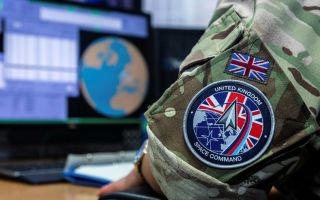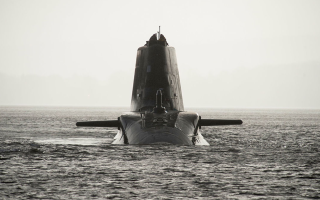Aircraft's Sonic Boom Captured On Camera
A 150-year-old photography technique is helping NASA scientists study the effects of shock waves on planes breaking the sound barrier.
It's all part of efforts by the space agency's Armstrong Flight Research Center to design quieter supersonic aircraft.
The schlieren imagery, a process invented by a German physicist in 1864, allows for a much clearer understanding of the strength and location of shock waves and supersonic flow.
More: Space Plane To Fly At 10x Speed Of Sound
The pictures were taken using US Air Force F-15 and T-38c aircraft flying over California's Mojave desert.
Unrestricted overland supersonic flight is banned across much of the world due to the problems created by sonic booms. If researchers can come up with new solutions both military and civilian aircraft could benefit.
More: Russian Plans For Giant Supersonic Military Transport Planes
Unlike Concorde, which had to wait until she was over the sea to reach Mach 1 (768mph at sea level), 'Low Boom' planes would not have to be restricted to strict flightpaths.
All pictures courtesy of NASA Photo









